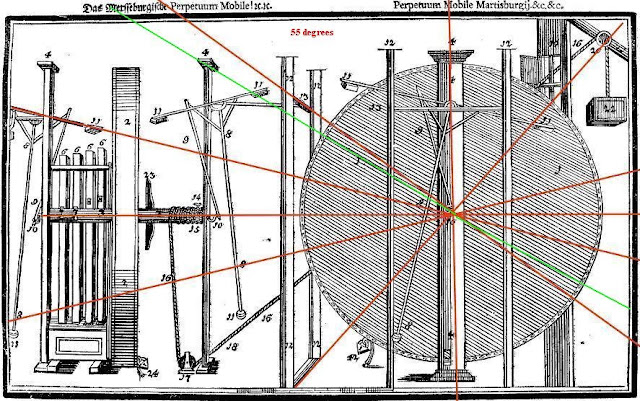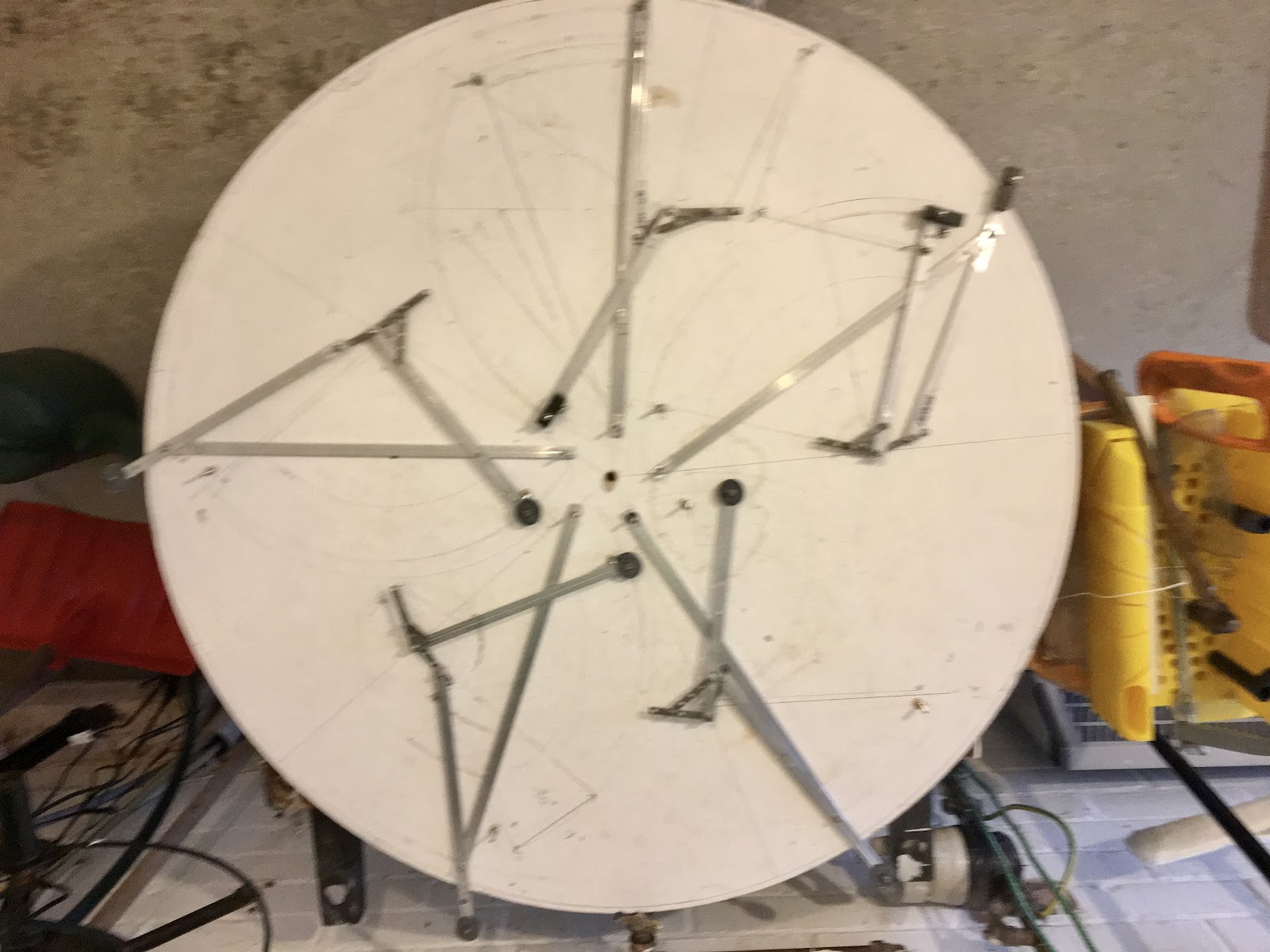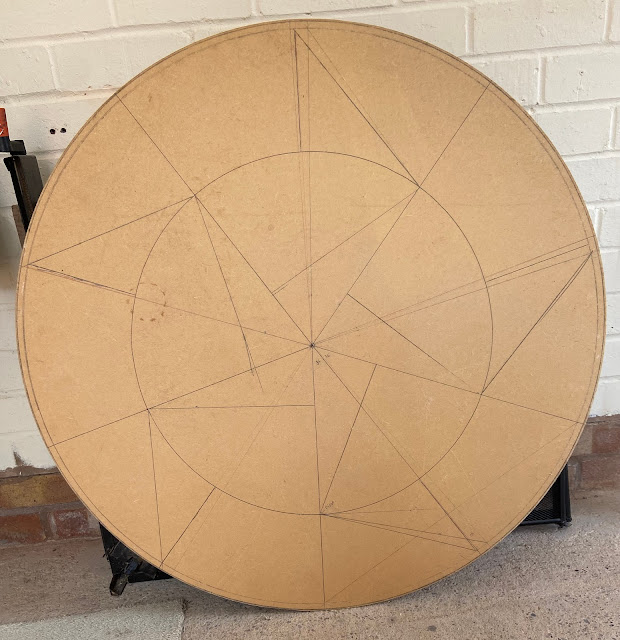The configuration of the build that I will share here is based on my interpretation of many of the clues Johann Bessler left for us. Sometimes I might not show how I arrived at a feature of the design because it would take up too much space to explain and I think most people would prefer to see the progression of the build. Having said that I will show some details to help understand why a particular part of the design is the way it is.
As for the clues, one of the clearest indications that Johann Bessler left coded information lies in his use of a pseudonym, Orffyreus. This device was a well-known system of coding, known in ancient Hebrew times as atbash or in later times as the Caesar shift, it involved alphabetic substitution. Using this simple code, Bessler changed his name to Orffyre which he then Latinised to Orffyreus. Why use such a simple easily identified code? His purpose in adopting a pseudonym was to draw attention to the possibility of further coded information. I followed the hint and found numerous examples of codes and latterly I found the really useful information which was designed to reveal his secret to anyone with the determination to follow the path he laid in various places.
There is much that still eludes my amateur skills in this field but I’m certain that once his secret is exposed to the world, his other ciphers will be broken and more information will be published by those whose expertise puts my own efforts in the shade.
This subject has been discussed numerous times on my other websites, see the links in the side panel. My publications are also listed there.
The most obvious clue obtained right from the beginning is the importance Bessler attributed to the number five, and through a process of deduction from many other clues, I found that his gravity-enabled wheel had five compartments each containing a single mechanism; that each fifth segment contained one mechanism and one weight; each weight being of equal size - and that the mechanisms operated in pairs.
Each mechanism was paired with its adjacent one, and as a weight fell, it lifted the previous fallen weight back to its former position easily. A clue to this action lies in one of Bessler’s more obscure clues.
He will be called a great artist if he can easily throw a heavy thing high and if a pound falls a quarter it will shoot up four pounds four quarters.
alternatives to “shoot up” are given as leap, bounce, jump.
Note that within the quote he mentions that there are five weights, one plus four, and each one is equal to one pound, and one pound falls a quarter.
NB When he says one pound falls 90 degrees it will lift four pounds four quarters, he means as each pound falls it lift each of the other pounds 30 degrees, in turn.
In the first part the word ‘quarter', referred to, not just 90 degrees but also to a clock. In the second part the word ‘quarter' also refers to a clock but this time he has used the words ‘four quarters’. ‘Four quarter’s equals ‘one whole hour’. Each hour on a clock is divided into 30 degrees, so the words ‘four quarters’ meaning ‘one hour’ as used here equals thirty degrees. To paraphrase Bessler’s words, “a great craftsman would be he who, as one pound falls 90 degrees, causes each of the other four pounds to shoot upwards 30 degrees.”
This looks unremarkable but it will become apparent why this worked, it and certainly made the weight “shoot upwards”. He provides confirmation of this fact in two other places, “hidden in plain sight”.
So we need a configuration with five equal segments, as per a pentagram. We need to know where the pivots from which the weighted levers are suspended. We need to know their arc of travel and we need to know how each pair of mechanisms were connected. Plus we need to know what makes a design similar to this different to anything any of us have seen before.
Bessler showed us how to find the position of the pivots - but like many of his clues again, “hidden in plain sight”. I will reveal several other hidden clues over the next few blogs. Progress on my construction will be reported occasionally as it develops.
JC













